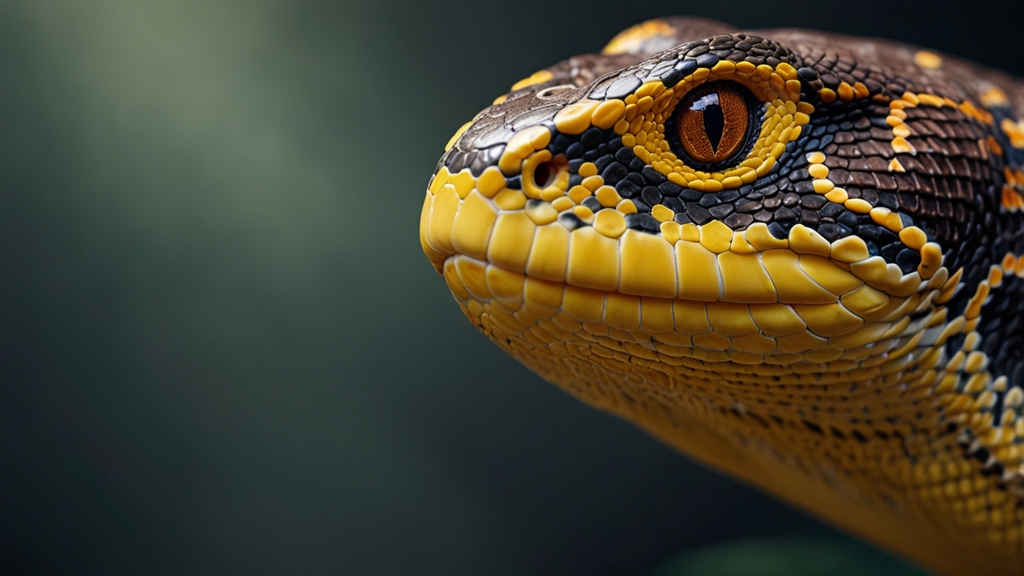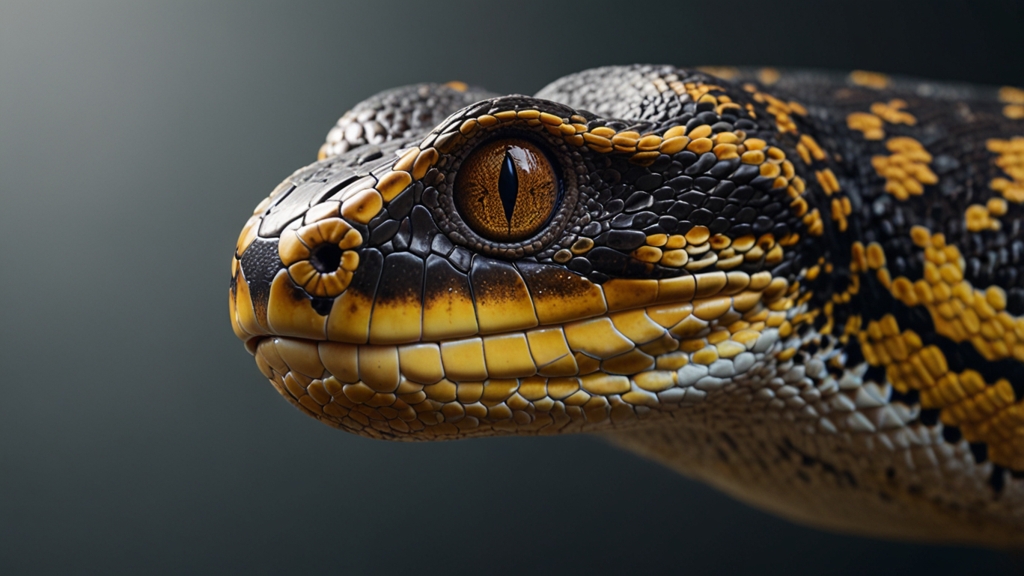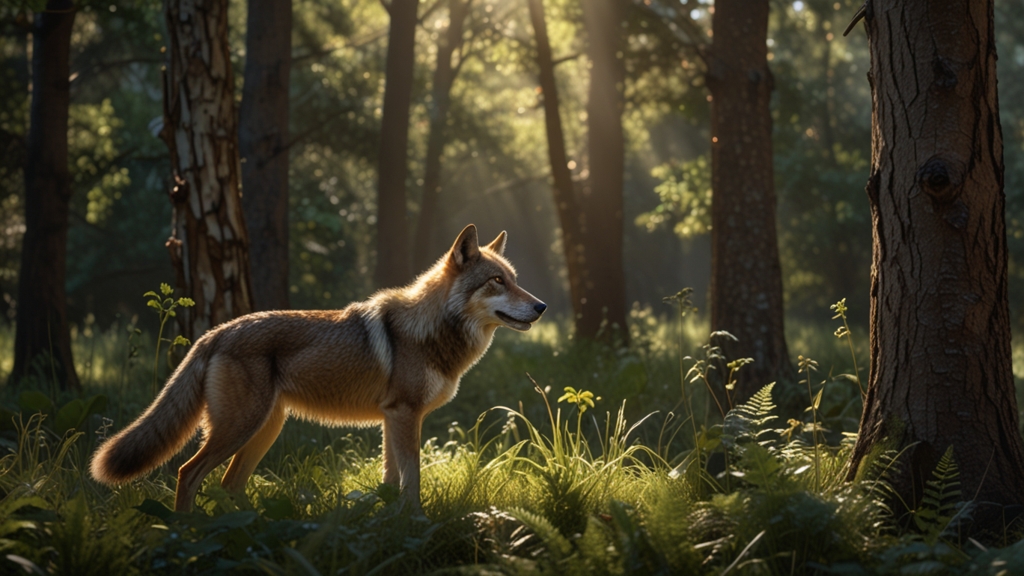The Fascinating Rituals of Animal Courtship
In the animal kingdom, courtship rituals are often elaborate, demonstrating a combination of creativity, endurance, and ingenuity. These behaviors are not just fascinating spectacles but essential actions required for survival and propagation of species. From intricate dances to architectural feats, animals have evolved a myriad of methods to attract mates and ensure the continuation of their lineage.
Ballet of the Birds
Birds are renowned for their courtship displays, with many species having developed intricate dance routines and shimmering displays of plumage. The peacock, for instance, fans out its iridescent tail feathers to impress potential mates. Meanwhile, the male bird of paradise performs captivating acrobatics, puffing out its feathers and showcasing a vivid array of colors.
“To see such a pageant of light and color is to realize that there truly are mysteries and wonders in nature which exceed anything we can imagine.” — David Attenborough
In addition to visual displays, many birds employ song as a courtship tool. The nightingale is famed for its melodious and complex songs, sung to woo females and deter rivals. Similarly, the lyrebird can mimic a wide range of sounds, including chainsaws and camera shutters, to demonstrate its versatility and dexterity to potential mates.
Underwater Elegance
Marine life exhibits its own unique set of courtship rituals. The seahorse, for example, engages in an elaborate dance that can last for hours. Partners entwine their tails, change colors, and move in synchronization, a process that solidifies their bond before mating. In another spectacular underwater display, male cuttlefish use rapidly changing skin patterns to mesmerize females.
“The dance of the seahorse is like watching an underwater ballet, performed with grace and precision.” — Marine Biologist Dr. Sylvia Earle
Certain fish, such as the pufferfish, are also skilled architects. Male pufferfish are known to create intricately patterned sand circles on the ocean floor, measuring up to seven feet in diameter. These geometrical patterns serve as both a nesting place and a visual attraction for female pufferfish, combining engineering with artistic flair.
Insect Intricacies
Insects, though often overlooked, display some of the most complex courtship behaviors in the animal kingdom. The male bowerbird, for instance, constructs an elaborate structure called a bower, decorating it with colorful objects like flowers, shells, and even plastic pieces. The male meticulously maintains and enhances this structure to attract a mate, demonstrating both his crafting skills and his ability to gather resources.
Moths and butterflies, on the other hand, use chemical cues in courtship. Male moths release powerful pheromones that can attract females from miles away. Fireflies engage in a luminous dance, where males flash bioluminescent signals in specific patterns to attract females. Each species of firefly has its own unique light show, ensuring that they attract the correct mate.
Land Mammal Displays
Land mammals often rely on physical prowess and displays of strength during courtship. During the rutting season, male deer engage in antler wrestling, also known as sparring, to establish dominance and earn mating rights. These clashes can be intense, with rival males pushing and shoving until one concedes.
The magnificent dance of the grebe is another striking example. During their courtship, both partners mirror each other's movements, performing synchronized dances that involve head-bobbing, diving, and sometimes presenting each other with aquatic plants. This mutual display strengthens pair bonds and ensures synchronization of their breeding behavior.
“Witnessing the courtship rituals of animals reminds us of the incredible diversity and complexity of life. Each ritual tells a story of evolution, adaptation, and survival.” — Naturalist Jane Goodall
Conclusion
The courtship rituals of animals are not mere displays of affection; they are critical behaviors driven by the need to ensure genetic continuation. From the vibrant dances of birds to the underwater ballets of marine creatures, and from the intricate signals of insects to the displays of strength among mammals, these behaviors highlight the incredible diversity and complexity of the natural world. Observing these rituals offers not only insight into the lives of animals but also a deeper appreciation for the myriad ways life adapts and thrives on Earth.













